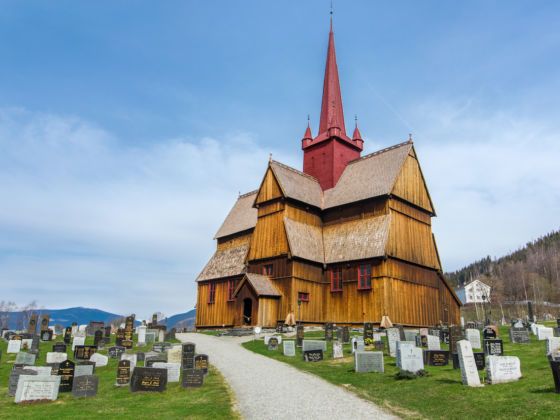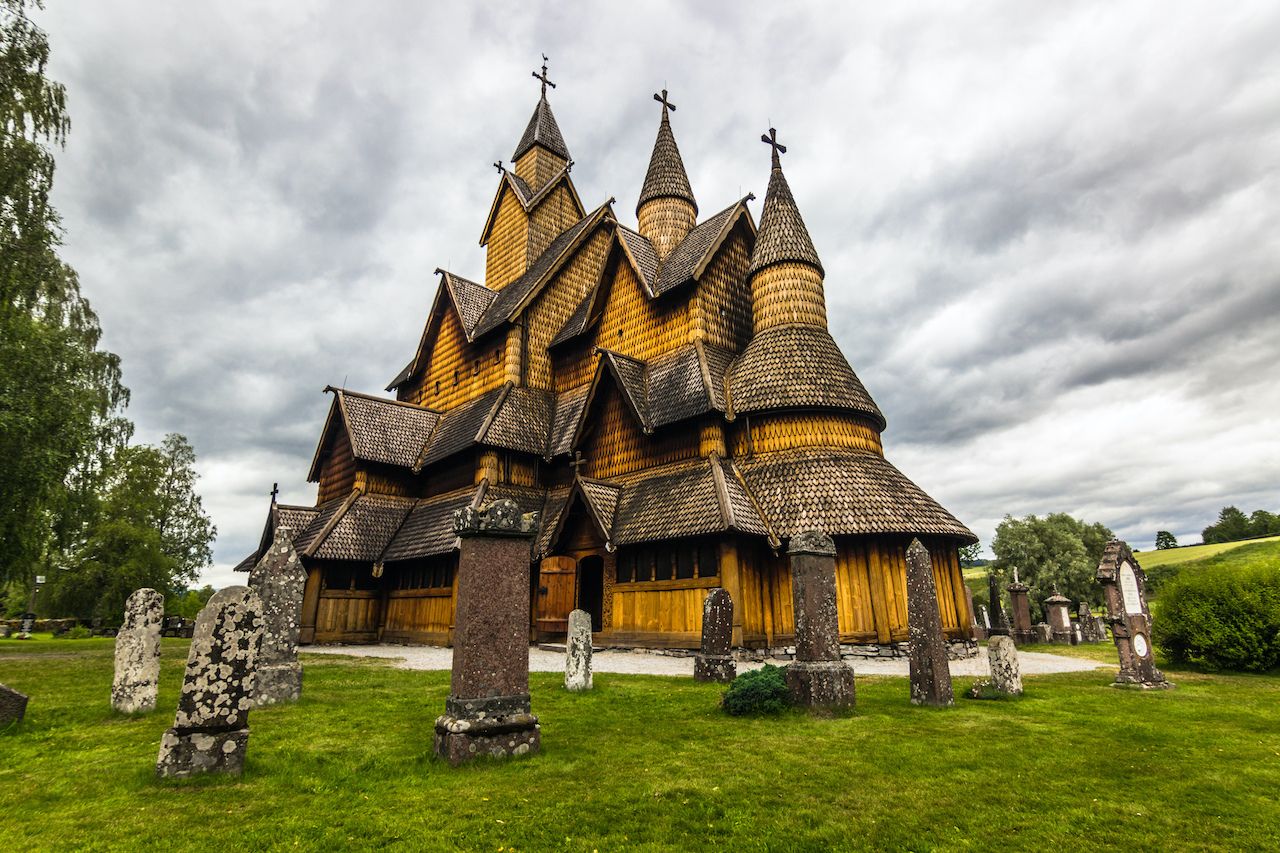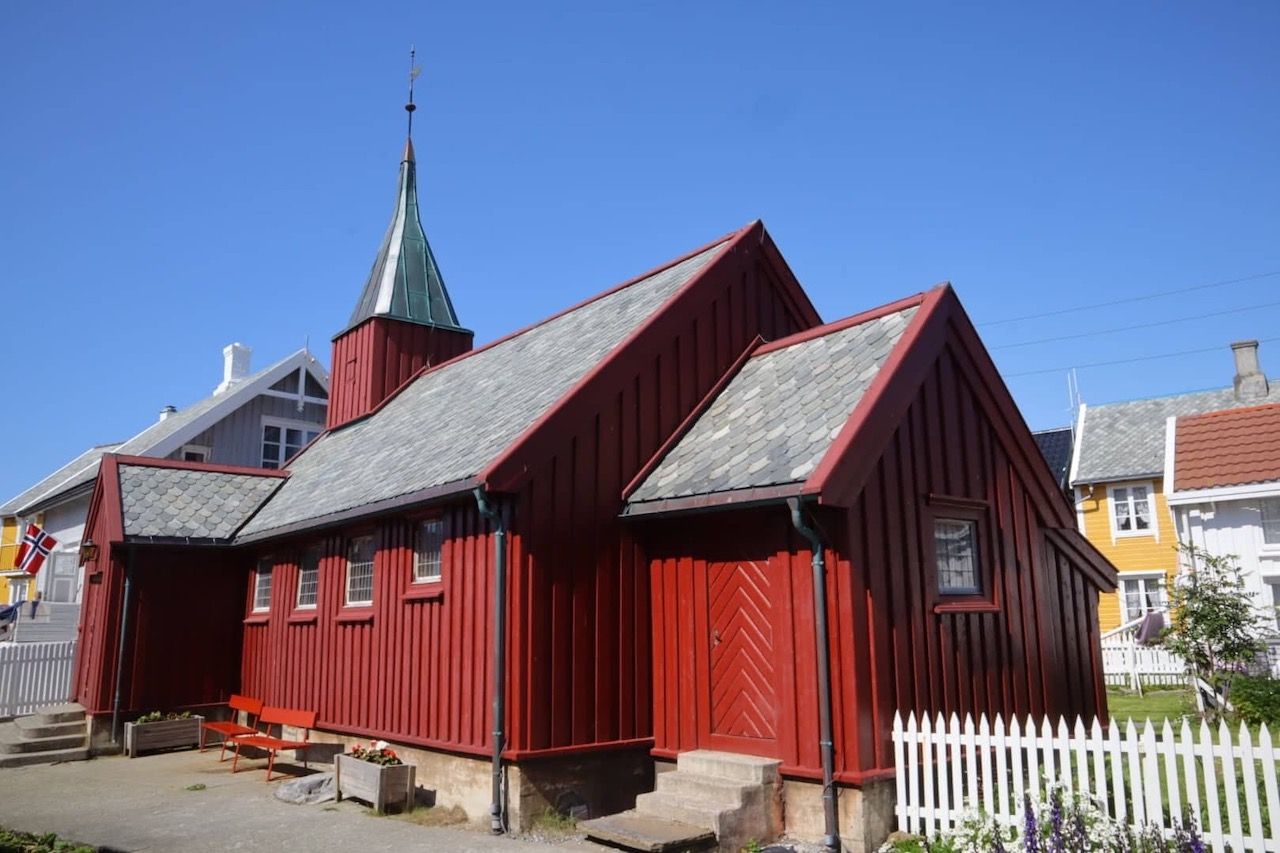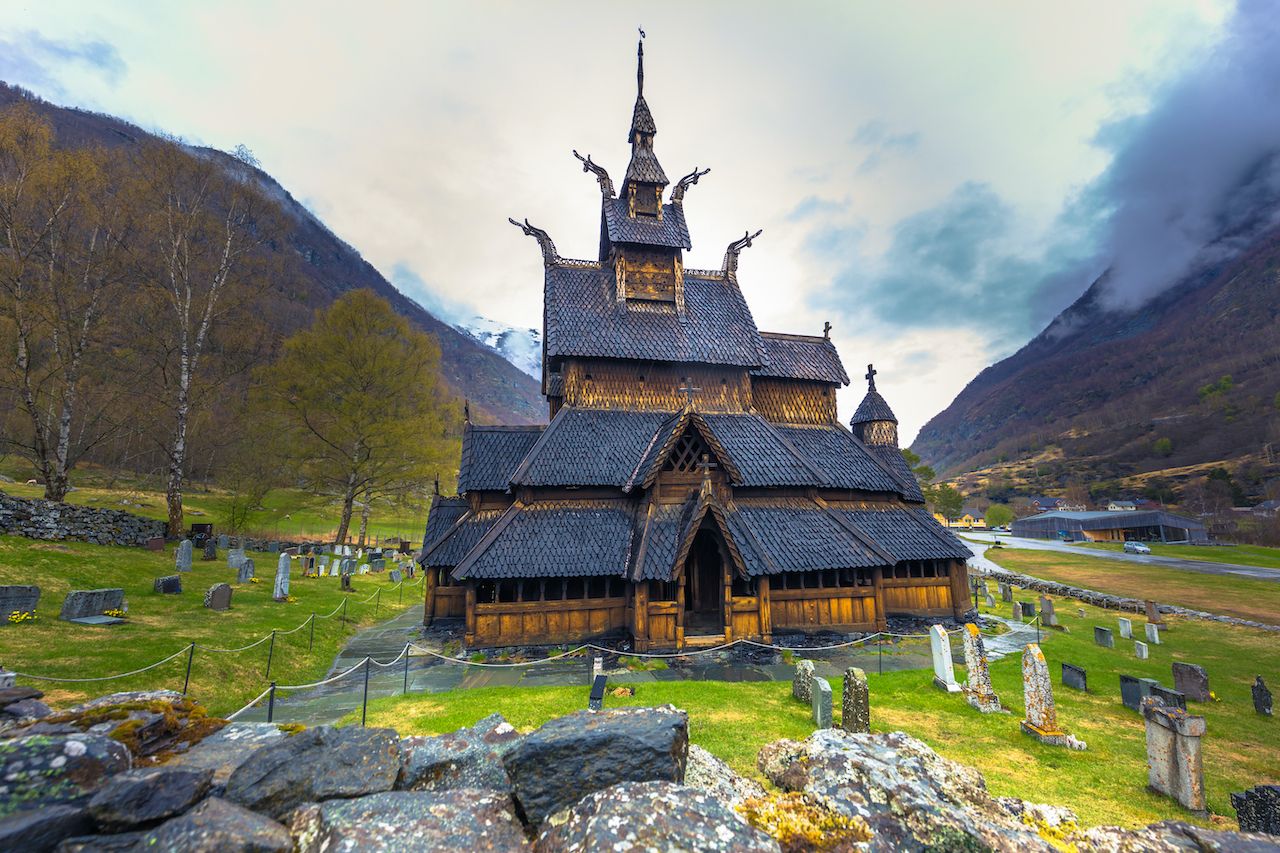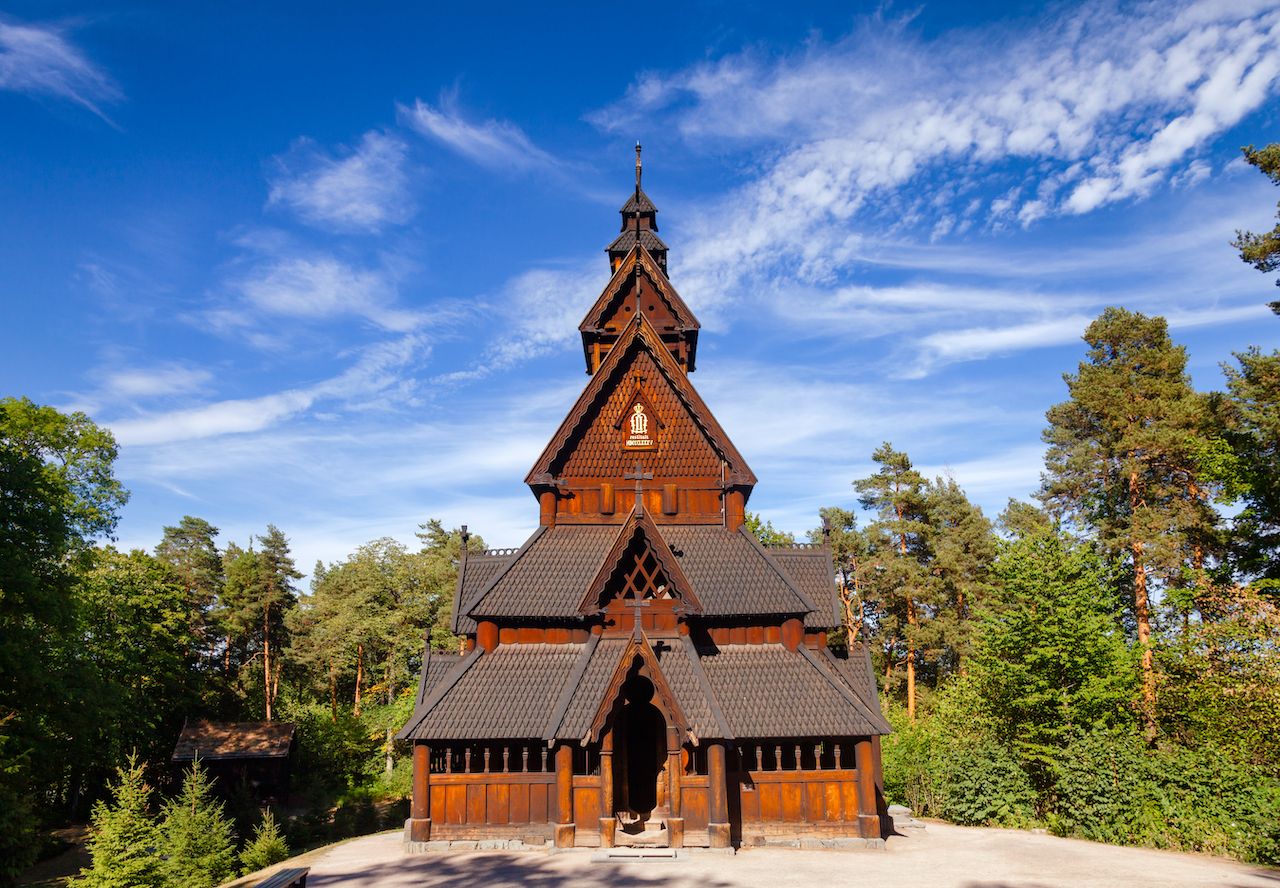Most of Europe’s finest cathedrals and basilicas are made of stone, set in the heart of the world’s grandest cities, products built to showcase the power of the Catholic church.
In Norway, that’s not how it happened. Yes, churches were built. Yes, the same classic basilica plans were used. But the structures were built of wood and called stavkirker, or stave churches. These beautiful, often tiered, somber-hued giants stood tucked at the foot of quiet mountains, between meadows and farms, or along the banks of rushing fjords. Sometimes built over pagan sites, they depict a time when theologies were changing — Norse mythology was transforming, assimilating into Christianity — and the country itself was building a new way of life.
Despite their individual differences, each harkens back to a different era, when places of worship were a portal to another, godlier world. Resting in stark contrast to what we now consider “Scandinavian design,” they stand out, beacons of Norwegian — and world — history. Here’s the story behind the stave churches of Norway.
